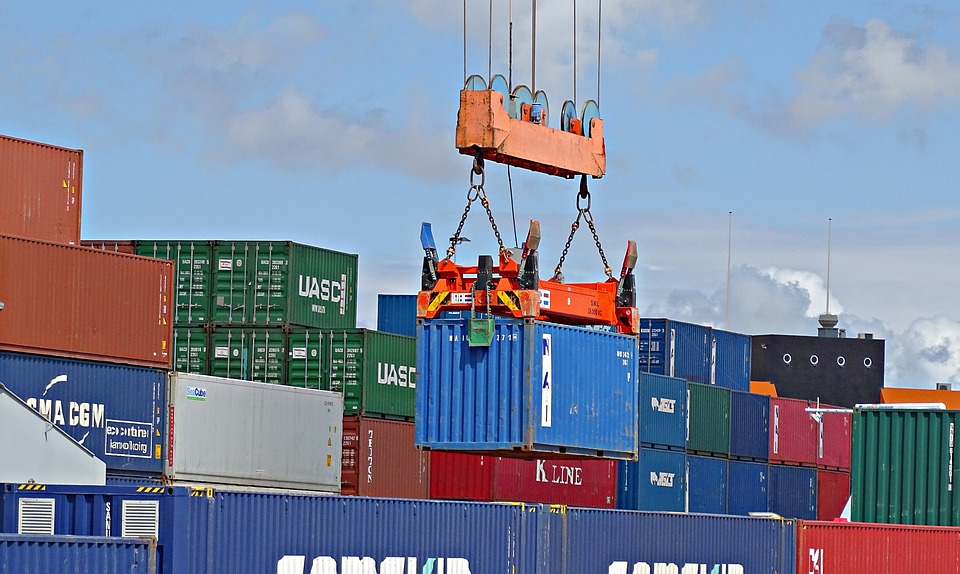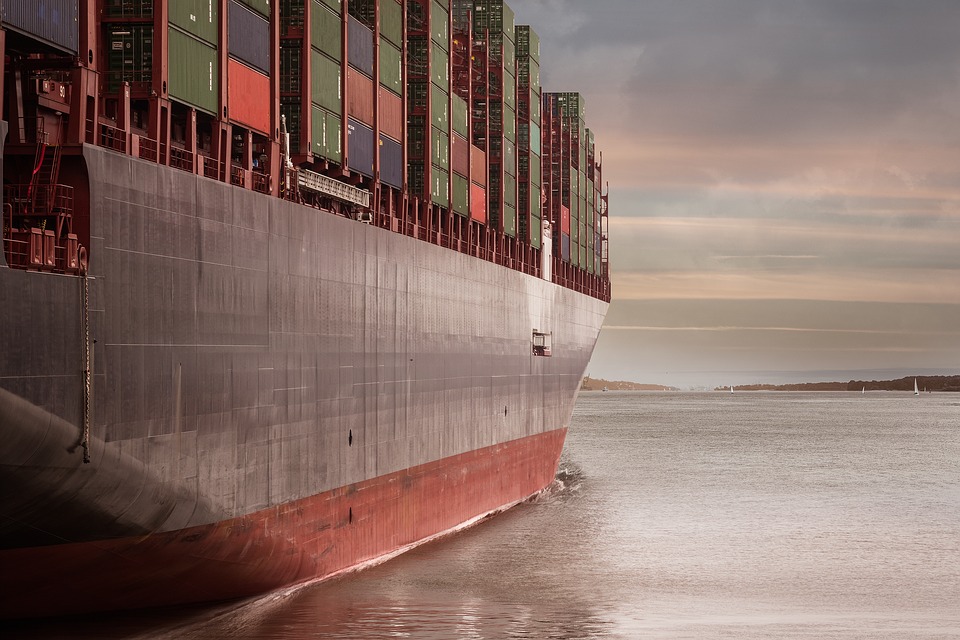What are Incoterms and when will you have to deal with them? These are questions that we at Kolibri Logistiek often hear when it comes to sea freight, because we also arrange sea freight for our international customers when shipping bulk stock by sea containers from Asia or America. The word Incoterms is an abbreviated version of the term ‘International Commercial Terms’. This is an international standard that defines the rights and obligations of the buyer and seller in the international transport of goods. The International Chamber of Commerce (ICC) has developed and published this standard. The first Incoterms were registered in 1936, since then there have been a number of updates. In the meantime the Incoterms are updated every 10 years, the latest version is from 2020. With every update, the number of rules in the end is different. The Incoterms 2020 contains eleven rules, seven of which apply to all modes of transport, and four for transport over water.

What is included in the Incoterms?
The Incoterms contain information about the rights and obligations of both the buyer and the seller when there is international transport of goods. Think of: who controls the transport to which point? When do the costs and risks transfer from seller to buyer (the so-called ‘Critical Point’)? Who arranges matters such as permits and insurances? The Incoterms are made to provide clarity about this. In the Incoterms 2010 the following rules are defined: All modes of transport:
- EXW – Ex Works
- FCA – Free Carrier
- CPT – Carriage Paid To
- CIP – Carriage and insurance paid to
- DAT – Delivery At Terminal
- DAP – Delivery At Place
- DDP – Delivery Duty Paid
Transport over water:
- FAS – Free Alongside Ship
- FOB – Free On Board
- CFR – Cost and Freight
- CIF – Cost, Insurance and Freight
Below we briefly explain what the characteristics are per rule.
EXW – Ex Works
Ex Works requires the seller to make the goods ready and to put them in the shed, and that is basically it. Immediately afterwards, the risks and responsibilities lie with the buyer: think of the layout of the consignment note, documents, loading the goods and the final transport.
FCA – Free Carrier
With Free Carrier the most responsibility lies with the buyer. The exporter takes care of the layout of the consignment note, any documents and the loading of the goods into the container or truck. When the goods are loaded and the driver has signed the consignment note, the responsibility lies with the buyer. The buyer must arrange the transport and is also responsible for the insurance from that point.
CPT – Carriage Paid To
With this rule, the seller makes clear to deliver the goods to an agreed point (often the warehouse of the buyer or his customer). The buyer provides insurance. The seller must prepare the consignment notes and, for example, also arrange the documents.
CIP – Carriage and insurance paid to
This rule is actually similar to the previous one, but with CIP the seller must arrange transport and also the insurance (for at least the value of the goods).
DAT – Delivery At Terminal
This rule is often used when the transport crosses the European border. The seller arranges the transport, the insurance, the documents and the delivery of the goods at the agreed terminal (for example a quay, storage place or container). The buyer then takes care of the import duties, and arranges the transport to the final destination.
DAP – Delivery At Place
In this case, there will not be a delivery to a terminal, but all the way to the destination. The buying party is only responsible when the goods arrive, and then has to arrange the unloading of the goods.
DDP – Delivery Duty Paid
With this Incoterm almost all responsibility lies with the seller, who has to arrange insurance, transport and all documents. The seller is also responsible for the import duties.

FAS – Free Alongside Ship
Because containers are mainly used in overseas transport, this rule is not often applied internationally anymore. However, it is used when goods are delivered that must be used on the ship itself, such as stock for the crew. The seller arranges transport, documents and insurance and carries the risks until the moment that the goods are unloaded alongside the ship. The buyer then pays the rest of the transport.
FOB – Free On Board
With this rule, the responsibility lies with the buyer at the moment the container is placed in the cargo ship. The seller prepares the documents, but the buyer pays the sea freight and then takes care of the rest.
CFR – Cost and Freight
This Incoterm is similar to Free On Board, but has one difference: the seller also pays the overseas transport of the container until it is delivered to the desired terminal or port in the destination country. The buyer is responsible for the insurance and the risks from the moment the container is loaded on board the ship.
CIF – Cost, Insurance and Freight
The seller delivers the goods on board the ship (then the goods are officially delivered), but also provides insurance (for at least the goods value) for damage/loss during transport. When you buy or sell internationally, it is therefore important that you know what you are about to do and what your rights and obligations are. Would you like advice on your sea and/or air freight? Then contact Kolibri Logistiek, by phone (0031-0180-590072) or by email ([email protected]).


